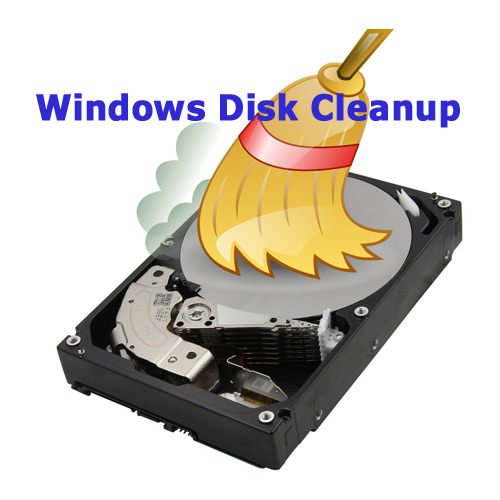How to Uninstall Vista

Some current users want to remove Vista. They may have upgraded to Vista and decided it is not for them or have bought a PC with Vista pre-installed. In either case, they will need to install another operating system, such as XP or the new Windows 7, in its place.
Uninstall Vista from a Dual-Boot System
In some cases, you may have two operating systems on your PC, each installed on a different partition, so that you can choose which to use when you restart your computer. This is the simplest scenario since you only need to delete Vista and then use the remaining operating system. However, backup any data on the Vista partition because this will be cleared when you remove Vista.
Start the PC and choose the other operating system (say Windows XP). Insert the Vista DVD into the drive and launch Vista, then close all menus. Click Start then Run and type ‘E:\boot\bootsect.exe/nt52 ALL /force’, where E: is the DVD drive letter. Press Enter.
Restart your computer and select Windows XP, then reformat the Vista partition. On completion, delete Bootsect.bak and Boot.bak from the Windows XP root folder. You will now have a single-boot system.
Uninstall Vista and Replace with XP
In effect, you can replace with various operating systems but XP may be the most likely.
This process involves the complete removal of Windows Vista, reformatting the hard disk and installing Windows XP. This means that you will lose all data and every piece of software that is currently installed. Before starting, therefore, ensure you have a full backup of all your data and the original CDs or downloaded files for all your software. You will need to copy back and reinstall once you complete the process. You will also need to ensure you have a valid installation disk for XP, including a registration key, and have XP drivers for your devices.
Restart your PC and press F2, F10 or Del (this may vary) to load the BIOS menu and change the boot order to start with the CD drive. If there is no CD in the drive, it will instead boot from the hard disk as normal.
Restart your PC with the Windows XP CD in the drive. A blue screen should appear and you will accept the Windows licencing agreement. Since you want to remove Vista and replace it with XP, choose to install rather than repair when prompted.
Select the partition where Vista is installed and then choose to continue when the operating system is detected. Agree to format the partition or disk using the NTFS file system. Once formatting completes, XP should start to install automatically. When this is done, run a Windows Update to get all the latest updates and security patches — there might be a lot.
Lastly, make sure you have the correct drivers for all your devices by accessing Device Manager. Depending on the operating system you use, this may be available from the Control Panel or by right-clicking My Computer then choosing Manage. Device Manager will list the types of device in the right pane and you need to right click each device in turn and select Properties. Then click the Driver tab and click the Update Driver button to download drivers and install the latest version on your PC. When you complete the process, you may be prompted to restart your computer. Choose to do this only when you have completed the process for all drivers.
Downgrading to XP From Vista
If you have bought a Pc with Vista pre-installed, you will have an OEM version and may be able to downgrade to XP at no cost. This only applies if you have Vista Business and Ultimate editions, when you can downgrade to XP Professional. However, this is a limited offer and may no longer apply.
If you are able to downgrade, you will have a copy of Windows XP Professional with a product key. Failing this, you can only undertake an uninstall and replace, as detailed previously.
Downgrading involves reinstalling the operating system and so, as before, you’ll need to backup all your data so you can copy it back later and reinstall all your software. Insert the Windows XP Professional CD into the drive and follow the instructions. At the activation screen, you can choose to activate online or by telephone; in the latter case, you should be guided through the rest of the process.


Thank you. It works.
@Fritz Liessling - Thank you for your feedback. I understand that you are looking for other resolutions, but within Windows…
Although the answer to this question is correct, it is really a cop-out answer. It's easy enough to find answers…
To the pcauthorities.com administrator, You always provide useful links and resources.
???? ?? ??? The Last of us